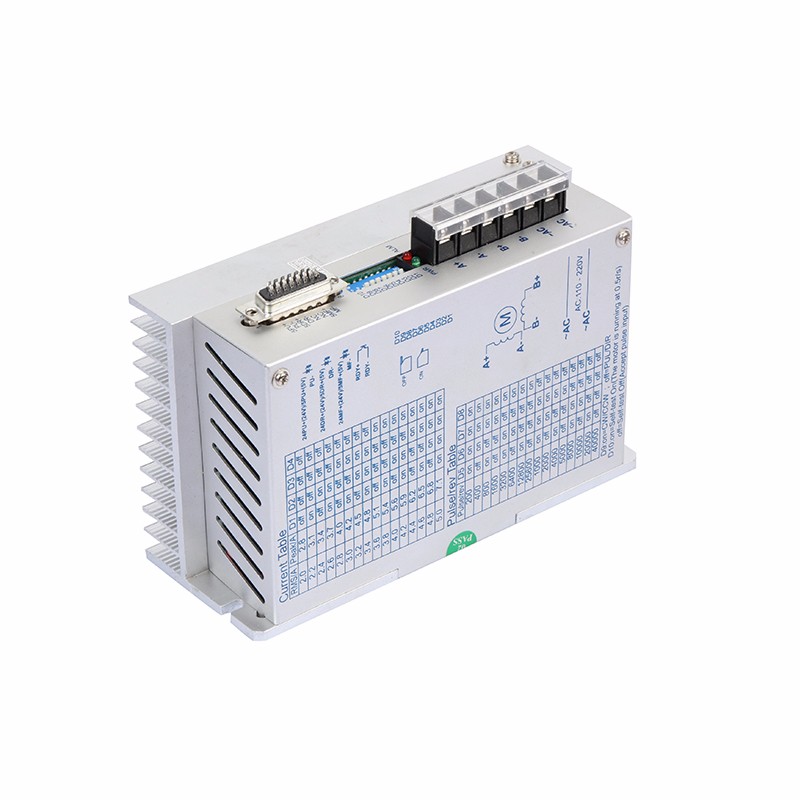Source:Industry News Release time:2022-07-21 Clicks:0 Popular:Reduction motor manufacturer

Stepper motors have two working modes: full-step mode and half-step mode. Stepper motor manufacturers take a four-phase hybrid stepper motor with a step angle of 1.8 degrees as an example: In full-step mode, the stepper motor receives a pulse and rotates 1.8 degrees, and it takes 200 pulses to make one revolution. In stepper mode, a stepper motor requires 400 pulses.
When the stepper motor operates at low frequency, it will have the disadvantages of large vibration and loud noise. If the segmentation method is used, this problem can be solved very well. The subdivision control of the stepper motor essentially controls the current in the excitation winding of the stepper motor to make the synthetic magnetic field inside the stepper motor uniform. The circular rotating magnetic field can realize the subdivision of the step angle of the stepper motor. Generally speaking, the size of the synthetic magnetic field vector determines the size of the rotation torque of the stepper motor and the angle between two adjacent synthetic magnetic field vectors. The size of the step angle is determined, and the half-step working mode of the stepper motor implies the working principle of subdivision. There are many ways to achieve subdivision. The most commonly used is the pulse width modulation chopper drive method. Most dedicated stepper motor driver chips use this drive method.
A stepper motor is an open-loop control element that converts electrical pulse signals into angular displacement or linear displacement. Under non-overload conditions, the motor's speed and stop position only depend on the frequency and number of pulses of the pulse signal and are not affected by load changes. That is, a pulse signal is added to the motor and the motor rotates by a step angle. The existence of this linear relationship, coupled with the fact that stepper motors only have periodic errors and no cumulative errors. It makes it very simple to use stepper motors to control speed, position and other control areas.
Although stepper motors have been widely used, stepper motors are not like ordinary DC motors, and AC motors are commonly used. It must be used by a control system composed of double-ring pulse signals, power drive circuits, etc. Therefore, it is not easy to use stepper motors well. It involves many professional knowledge such as mechanics, electrical machinery, electronics and computers.
Recommended reading
What are the advantages of geared motors that can meet the needs of major enterprises?
What is the function and working principle of the reduction motor?
Related Information
Gear reduction motor
2021-04-17CGH-090L1-10-P1
2020-12-21Stepper motor
2020-12-21CGXZK115
2021-01-13Planetary reducer
2020-12-21CGX085
2021-01-13Planetary reducer
2021-04-15CGX115
2021-01-13Stepper motor
2020-12-21Planetary reducer
2021-04-15Stepper motor
2021-04-14Governor
2020-12-21Three phase motor
2020-12-21CGXK085
2021-01-13Speed control device
2021-01-13Planetary reducer
2021-04-15CGF-042L1-8-P2
2020-12-21Stepper motor
2021-04-14